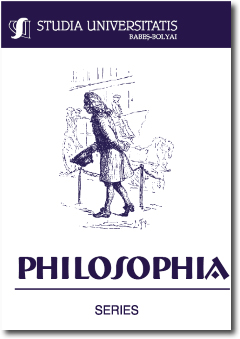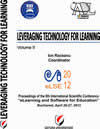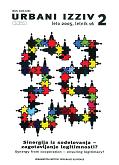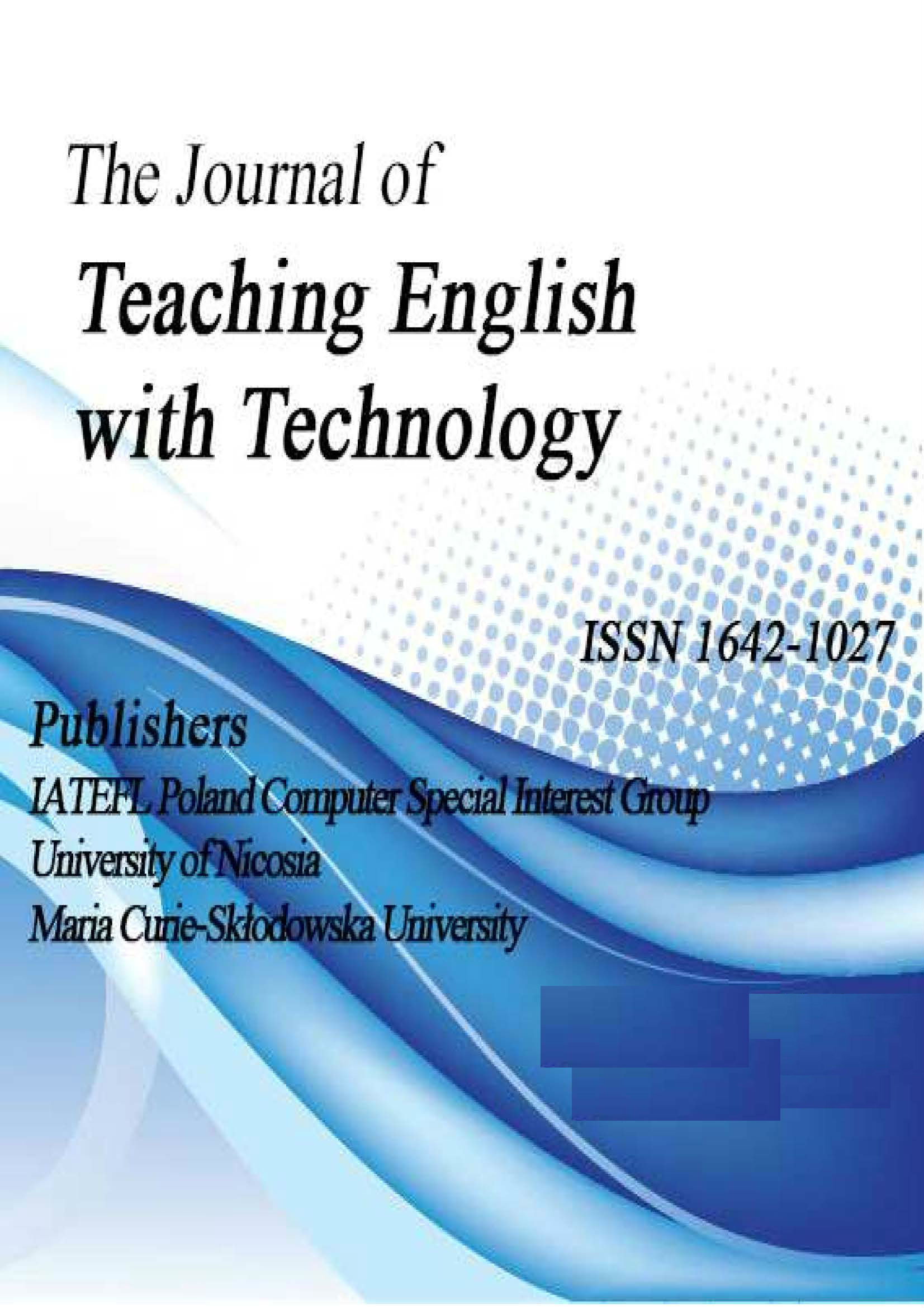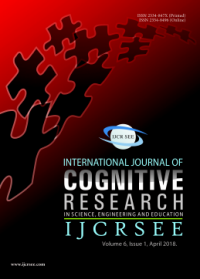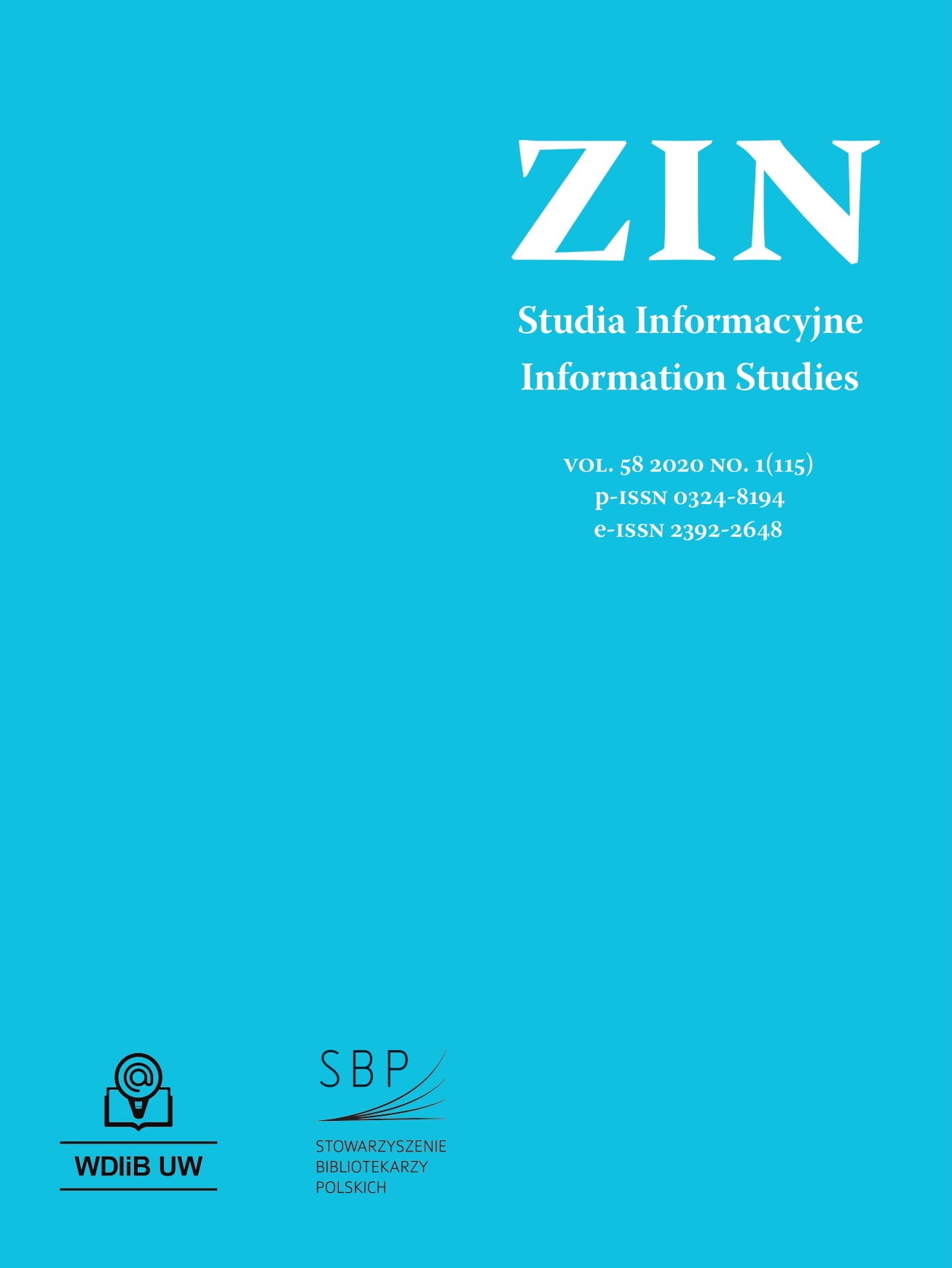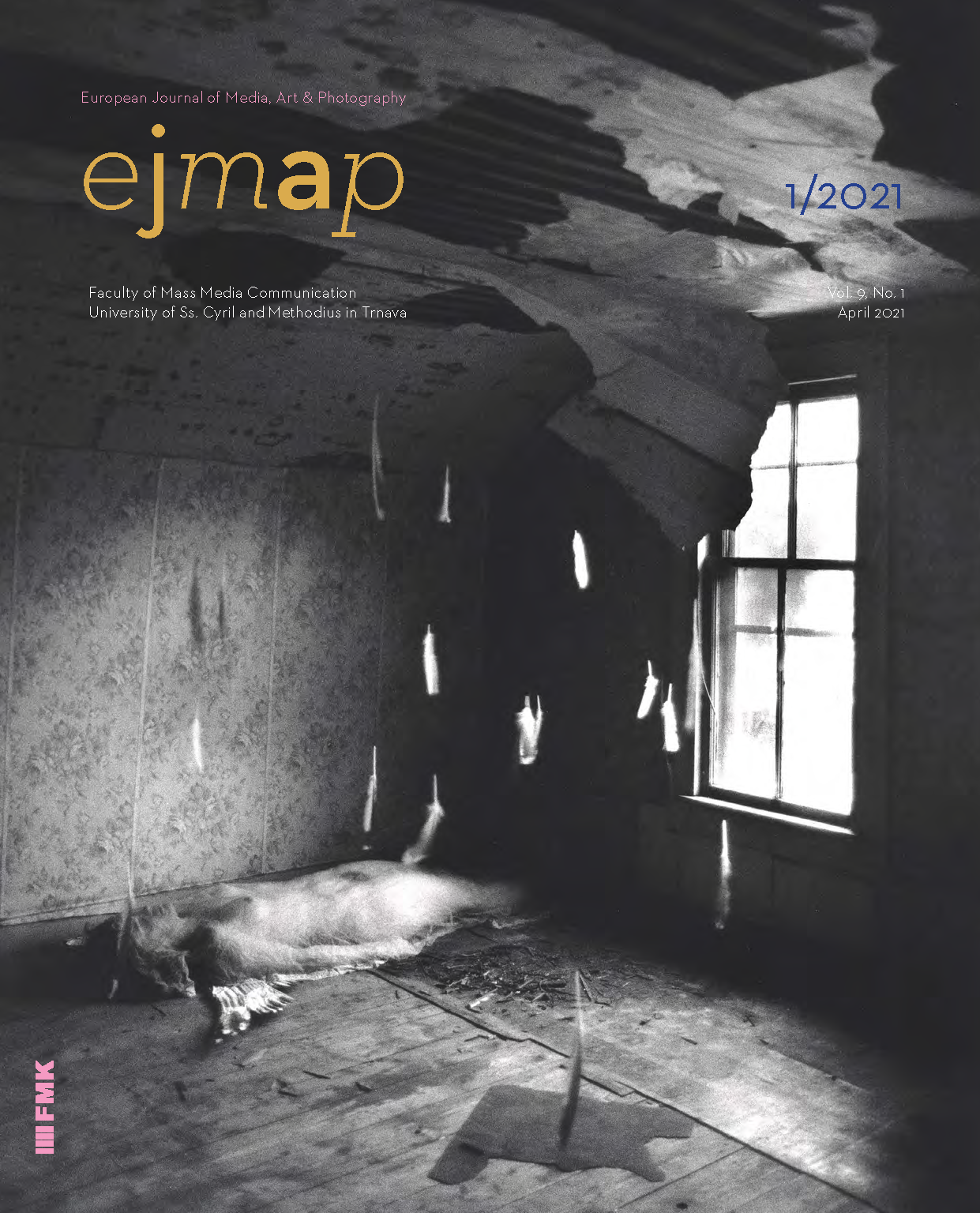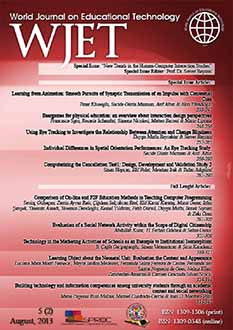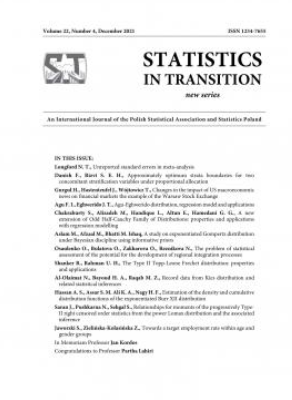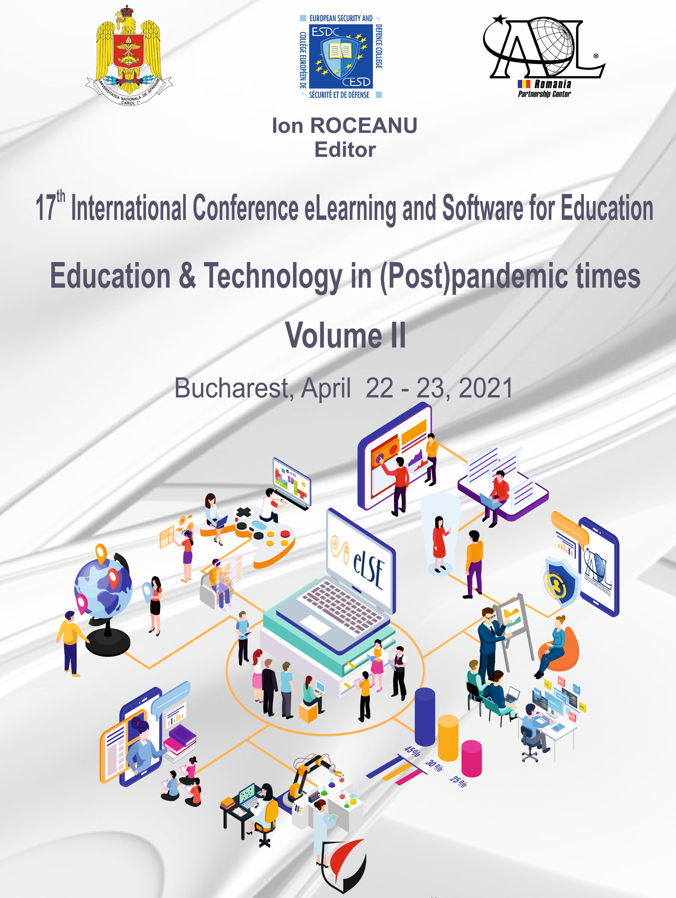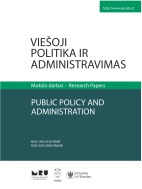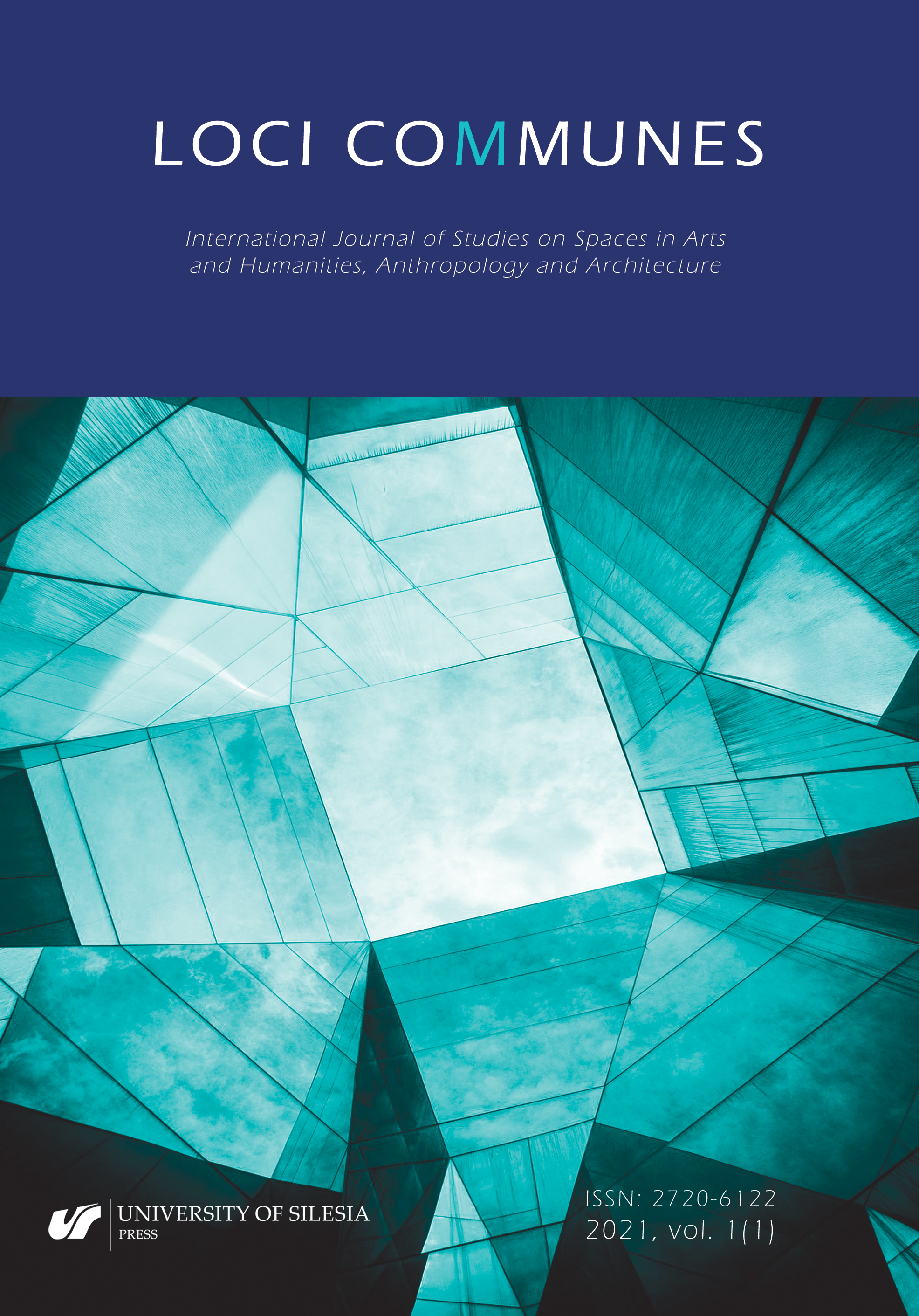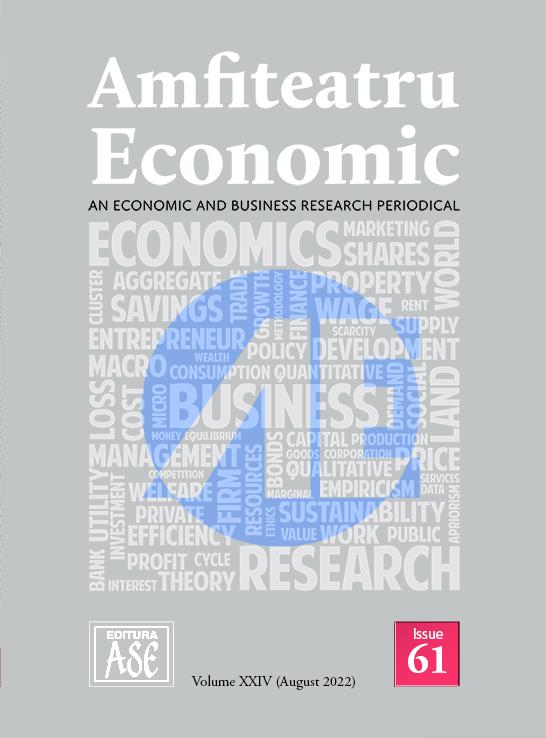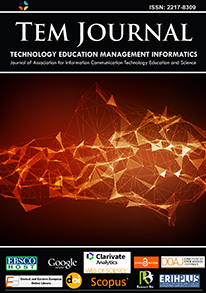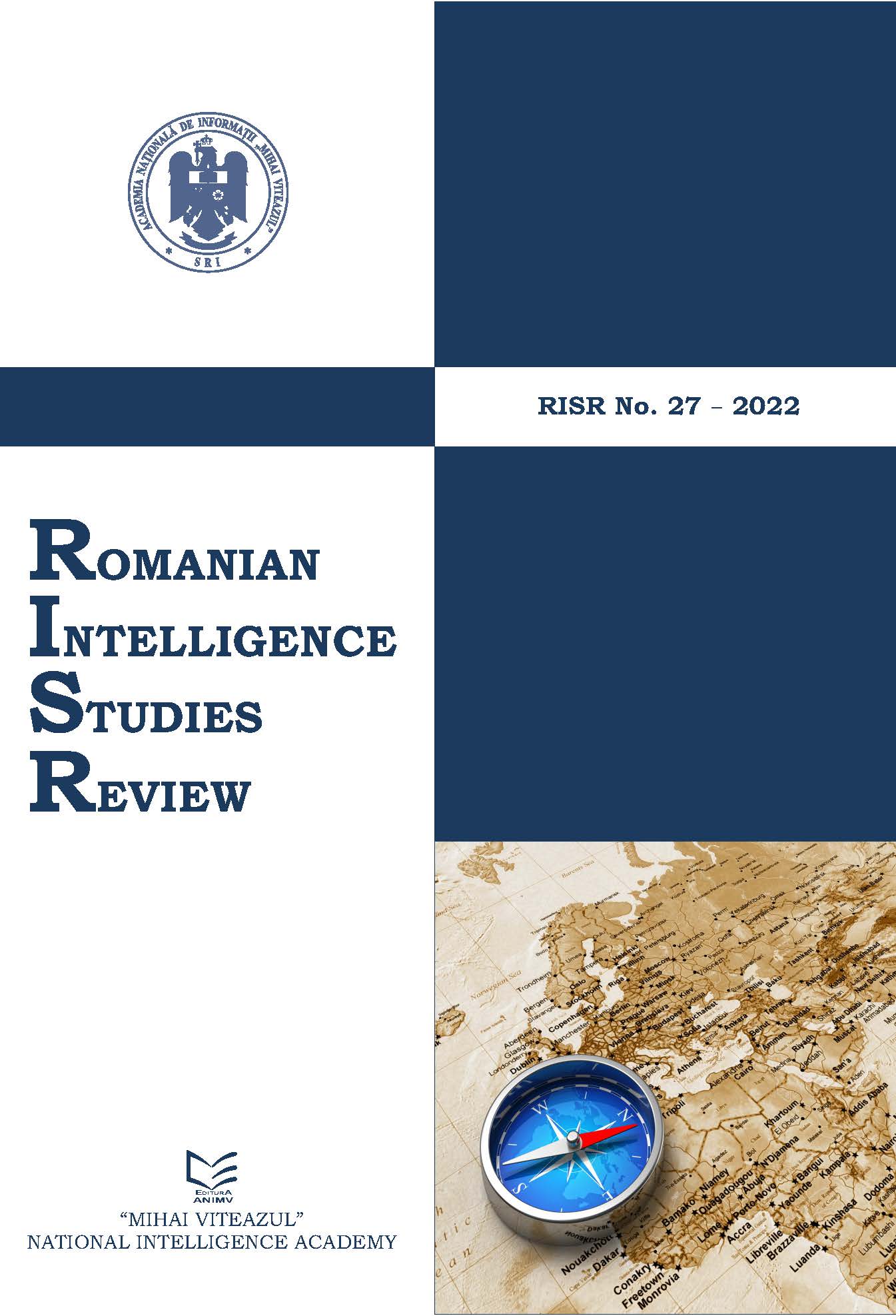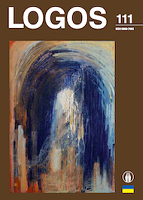Advancing University-Business Cooperation in the Mediterranean Area
Author(s): Vera Amicarelli,Giuseppina Miuli,Christian Bux,Raluca Mariana Grosu / Language(s): English
/ Issue: 61/2022
Keywords: university-business cooperation; Design Thinking; Double Diamond; Mediterranean area;
The present paper aims at investigating potential strategies for advancing university-businesscooperation (UBC) in the Mediterranean area. The paper was developed from a real practicalproblem consisting of a poor UBC, as observed at the University of Bari Aldo Moro (Bari,Italy). In a more particular case, this was translated into a wall perceived by both universitiesand companies, a wall that was represented by the lack of transparency and the temporalmismatch between the skills of students and the needs of entrepreneurs. In an innovativemanner, in the light of the Design Thinking approach, the research addresses potentialsolutions to solve the identified practical problem, through the lenses of the Double Diamondmodel. Each step of the model revealed invaluable insights for better understanding theanalysed problem and for providing coherent measures to improve UBC. Particularly, it wasrevealed that collaborations between the businesses and the university must become anintegral part of research projects, as well as a key element of academic publications andteaching. Also, strong networks between representatives from the academic and businessenvironments should be enhanced. In a more specific perspective, three main directions(prototypes) were explored in the paper: (a) design of relax and convivial areas which allowstudents and entrepreneurs to meet; (b) organization of meetings between students andentrepreneurs in a human-centred perspective; and (c) implementation of real synergiesbetween companies and students, based on meetings, formal agreements, mutual knowledgeand win-win performances. The paper brings new knowledge on UBC, especially in theMediterranean area, of both practical and theoretical relevance.
More...

